When Your Stop loss get hit due to volatility 😭🥹
When a stop loss order gets hit due to volatility, it means that the price of a security has moved against the trader's position, triggering the predefined stop loss level. Let's break it down into the following components for a clearer understanding:
1. Stop Loss Order: A stop loss order is a risk management tool used by traders and investors to limit their potential losses. It is an order placed with a broker or trading platform to automatically sell a security if its price reaches a specified level. The purpose of a stop loss order is to protect the trader's capital by minimizing potential losses.
2. Volatility: Volatility refers to the degree of variation or fluctuation in the price of a security over a specific period. It is a measure of market uncertainty and reflects the speed and magnitude of price changes. Higher volatility implies larger price swings and increased trading risk.
3. Getting Hit: When a stop loss order gets hit, it means that the security's price has reached or surpassed the specified stop loss level. In this context, "getting hit" refers to the trigger event where the stop loss order is executed, resulting in the automatic sale of the security.
4. Impact of Volatility: Volatility can have a significant impact on stop loss orders. During periods of high volatility, price movements can be rapid and substantial. If the price of a security moves quickly against a trader's position, it may reach the stop loss level and trigger the order more easily than during less volatile periods.
For example, suppose an investor holds a stock with a stop loss order set at $50. If the stock experiences high volatility and its price plummets to $48, the stop loss order would be triggered, and the stock would be automatically sold at the market price. In this case, the volatility caused the stop loss order to be hit.
It's important to note that while stop loss orders can help protect against significant losses, they are not foolproof. In situations of extreme volatility or market gaps, the execution price of the stop loss order may differ from the specified level, resulting in what is known as slippage.
Traders and investors should carefully consider their risk tolerance, market conditions, and the potential for volatility when using stop loss orders as part of their overall risk management strategy.
This video is only for educational purpose ❤️
-
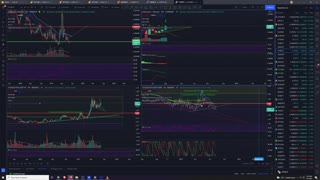 40:24
40:24
Trading
2 years agoCrypto Analysis 8/07/2021 Stop Losses
27 -
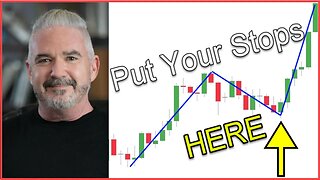 7:53
7:53
Top Dog Trading
9 months agoStop Loss Order
5 -
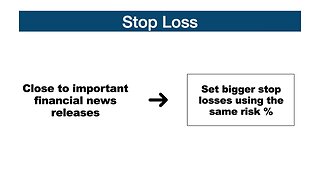 1:43
1:43
masterclasstrading
1 year agoWhat is a Stop-Loss Order?
2 -
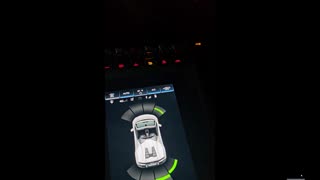 14:13
14:13
ORACLEFASTMONEYTRADER
5 months ago50x Bitcoin Liquidation Protection Lesson No stop Loss
402 -
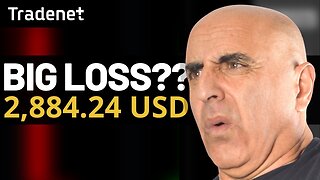 5:42
5:42
Meir Barak - Tradenet Day Trading Academy
1 year agoADAPTIVE STOP LOSSES: I TRADED TESLA WITH NO STOP LOSS??
-
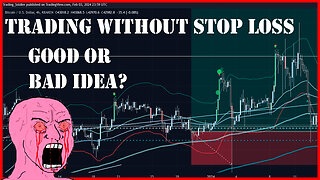 12:16
12:16
Trading_Soldier
3 months agoTrading Without Stop Loss in Crypto - It's a Good or Bad Idea?
29 -
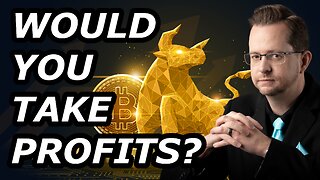 14:51
14:51
We Profit with Stock Curry
1 year agoWhen To Sell Stocks - Take Profit and Set Stop Losses
2341 -
 13:12
13:12
FXRhapsody
1 year agoRISK MANAGEMENT : WHERE DO YOU PLACE YOUR STOP-LOSS
1 -
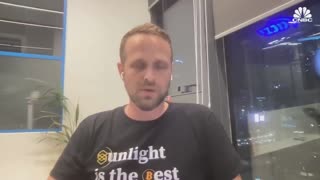 9:22
9:22
Only For You
1 year agoHow to avoid losing money in a Bitcoin crash?
5 -
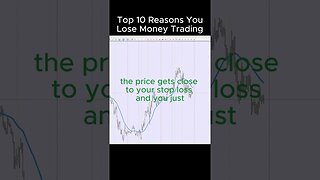 1:17
1:17
FractalTrading
7 months ago8th Problem Traders Have You Do Not Set Stop Loss
1